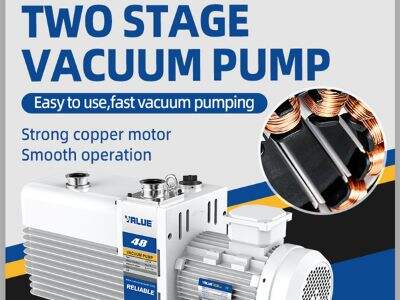Hello everyone! Let´s talk about how boosting tanks can enhance the operation of pump systems, today. It wraps your pump up in a big hug so it operates better and faster. Tanks are a Trojan horse for pump systems, which enable them to operate at optimum. Learn more about how pumping systems are made more efficient with the use of boosting tanks.
Evaluating the Potential Applications of Tank Boosting Technology
Pump systems are mechanical devices for the transferring of liquids from one point to another. However, there are times when the pumps have to work a little harder. Enter the boosting tanks, they serve as cheerleaders for pumps. They provide the extra accumulation of liquid that can help move it faster when the pump needs to suck it up. This leads to the pump working more swiftly and efficiently, making it so your septic system is running well.
Tank Boosting Solutions for Maximizing Pump Efficiency
Doing more things in the best and slickest way possible. Efficiency is everything in water ring vacuum pump systems Self-priming pumps make it ideal to get spirit tanks that mean boosting the pump is simple for maximum efficiency. When the pump is under heavy load a boosting tank has extra liquid on stand-by, to increase flow. This will allow the pump to perform adequately with no interruption or complication. His superpower enables the pump to work efficiently, all the time.
Improving Pump Systems with Tank Amplification Techniques
Pump systems can often be a little difficult to deal with. The job gets done right by working smoothly and efficiently. This is where tank boosting methods come in handy. Its performance is being boosted simply because you are adding a boosting tank to the pump system. The micro air pump gets an additional backing from the tank and pumps more efficiently. The difference that this improvement can make in the efficiency of the pump system is enormous, as it only makes things easier throughout.
Tank Boosting for Pump Systems: A Surge Suppression Solution to Increase Productivity
At the end of the day, productivity is all about doing things as fast and efficiently as possible. Your most important aspect in pump systems is efficiency. If you are using a pump and boosting tank than your pump needs to run fast enough for the boosting tank to do its job. This reservoir can fill in the gap and the pump can keep pumping uninterrupted, without any delays. That means that instead of waiting minutes for a completion notification, the whole process can move to the next step almost instantly and lots more work can get done in less time making the whole process more productive and efficient.
More Efficient Pump Operations with Tank Boosting Innovation
The essence of innovation is new ideas and solutions to make things better. There is also an innovative way to improve pump operations, Tank Boosting. Pump systems can function at their highest capacity due to the boosting tank. The main purpose of the tank is to allow the pump to move in and out cold as well as warm up (also helps the pumps performance). This change in pump technology is the future for optimizing the entire process of operating pump systems It is named holistic approach.
Conclusion
Boosting tanks are the fairies and wizards of Diaphragm pump systems. They improve performance and efficiency, making operations keep running smoothly. Pump systems can work more efficiently and faster through tank boosting technology. This results in a greater amount of work being completed in less time, boosting productivity and efficiency all over. Higher highs than ever before for pump systems with tank boosting solutions Hence, a big THANK YOU to pump tank replicators for making entire pumping systems more effective.
Table of Contents
- Evaluating the Potential Applications of Tank Boosting Technology
- Tank Boosting Solutions for Maximizing Pump Efficiency
- Improving Pump Systems with Tank Amplification Techniques
- Tank Boosting for Pump Systems: A Surge Suppression Solution to Increase Productivity
- More Efficient Pump Operations with Tank Boosting Innovation
- Conclusion




